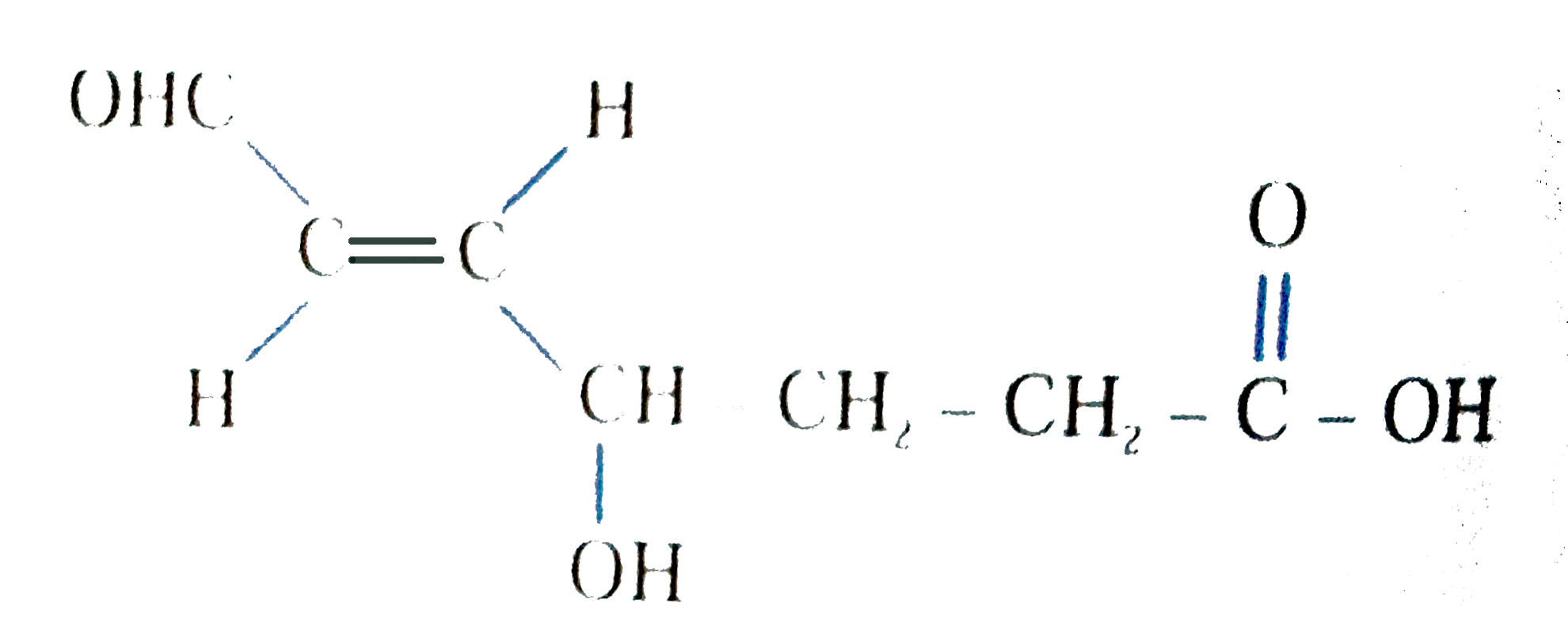N2+3H2→2NH3, the rate of disappearance of nitrogen is 0.02molL−1s−1. What is the rate of apperance of ammonia?
To solve the problem, we need to determine the rate of appearance of ammonia (NH₃) based on the given rate of disappearance of nitrogen (N₂) in the reaction:
N2+3H2→2NH3
1. Identify the Stoichiometry of the Reaction:
- From the balanced equation, we see that 1 mole of N₂ produces 2 moles of NH₃.
- The stoichiometric coefficients are:
- N₂: 1
- H₂: 3
- NH₃: 2
2. Understand the Rate of Reaction:
- The rate of disappearance of a reactant is negative, while the rate of appearance of a product is positive.
- The relationship between the rates can be expressed using the stoichiometric coefficients:
−11d(N2)dt=21d(NH3)dt
- This simplifies to:
−d(N2)dt=2d(NH3)dt
3. Substitute the Given Rate:
- We are given that the rate of disappearance of nitrogen is:
d(N2)dt=−0.02mol L−1s−1
- Plugging this into the equation gives:
−(−0.02)=2d(NH3)dt
- This simplifies to:
0.02=2d(NH3)dt
4. Solve for the Rate of Appearance of Ammonia:
- Now, we can solve for d(NH3)dt:
d(NH3)dt=0.022=0.01mol L−1s−1
5. Final Calculation:
- Since the stoichiometry tells us that for every 1 mole of N₂ that disappears, 2 moles of NH₃ appear, we multiply the rate of disappearance of N₂ by 2:
d(NH3)dt=2×0.02=0.04mol L−1s−1
Conclusion:
The rate of appearance of ammonia (NH₃) is:
d(NH3)dt=0.04mol L−1s−1
- From the balanced equation, we see that 1 mole of N₂ produces 2 moles of NH₃.
- The stoichiometric coefficients are:
- N₂: 1
- H₂: 3
- NH₃: 2
- The rate of disappearance of a reactant is negative, while the rate of appearance of a product is positive.
- The relationship between the rates can be expressed using the stoichiometric coefficients:
−11d(N2)dt=21d(NH3)dt
- This simplifies to:
−d(N2)dt=2d(NH3)dt
- We are given that the rate of disappearance of nitrogen is:
d(N2)dt=−0.02mol L−1s−1
- Plugging this into the equation gives:
−(−0.02)=2d(NH3)dt
- This simplifies to:
0.02=2d(NH3)dt
- Now, we can solve for d(NH3)dt:
d(NH3)dt=0.022=0.01mol L−1s−1
- Since the stoichiometry tells us that for every 1 mole of N₂ that disappears, 2 moles of NH₃ appear, we multiply the rate of disappearance of N₂ by 2:
d(NH3)dt=2×0.02=0.04mol L−1s−1
The rate of appearance of ammonia (NH₃) is:
d(NH3)dt=0.04mol L−1s−1
Topper's Solved these Questions
- CHEMICAL KINETICS Book:NARAYNAChapter:CHEMICAL KINETICS Exercise:EVALUATE YOURSELF - 1
Explore 2 Videos
- CHEMICAL KINETICS Book:NARAYNAChapter:CHEMICAL KINETICS Exercise:EVALUATE YOURSELF - 2
Explore 3 Videos
- CARBOXYLIC ACIDBook:NARAYNAChapter:CARBOXYLIC ACIDExercise:All Questions
Explore 288 Videos
- CHEMISTRY IN EVERYDAY LIFEBook:NARAYNAChapter:CHEMISTRY IN EVERYDAY LIFEExercise:ASSERTION & REASON TYPE QUESTIONS
Explore 10 Videos
Similar Questions
For the reacton: 4A+B→2C+2D, The statements not correct is:
View SolutionThe rate law for the single-step reaction, 2A+B→2C, is given by:
View SolutionProvide IUPAC name of the compound given below.

View Solution(A) Analgesics bring down body temperature during high fever.
(R ) Tetracyclin is a tranquillizer.
View SolutionIn a catalyst experiment involving the Haber process N2+3H2→2NH3, the rate of reaction was measured as
Rate =Δ[NH3]Δt=2.0×10−4molL−1s−1
What is the rate of reaction expressed in terms of (a) N2 (b) H2 ?
View SolutionIn a catalytic reaction involving the formation of ammonia by Haber's process N2+3H2→2NH3 the rate of appearance of NH3 was measured as 2.5×10−4molL−1s−1 The rate of disappearance of H2 will be
View SolutionWhat would be the rate of disappearance of oxygen, if the rate of formation of nitric oxide (NO) is 3.6×10−3mol L−1s−1 ?
View SolutionFor the reaction N2(g)+3H2(g)→2NH3(g) the rate of the reaction in terms of ammonia is __________
View SolutionIn the reaction : N2+3H2→2HN3 the rate of formation of NH3 is 9.6×10−3mol.L−1.s−1. Calculate the rates of disappearance of N2andH2 .
View SolutionN2+3H2→2NH3. The rate of disappearance of nitrogen is 0.02molL−1s−1. What is the rate of apperance of ammonia ?
View SolutionIn a reaction N2+3H2→2NH3, the rate of appearance of ammonia is 2.5×10−4 M sec−1 the rate of disappearance of N2 will be
View SolutionFor N2+3H2→2NH3 rates of disappearance of N2 and H2 and rate of appearance of NH3 respectively, are a,b and c then
View Solutionसही उत्तर चुनें-
अभिक्रिया N2+3H2⇔r2NH3, में अमोनिया के बनने की दर N2 के गायब होने की दर की
View SolutionIn a catalyst experiment involving the Haber process N2+3H2→2NH3, the rate of reaction was measured as
Rate =Δ[NH3]Δt=2.0×10−4molL−1s−1
What is the rate of reaction expressed in terms of (a) N2 (b) H2 ?
View SolutionIn a catalyst experiment involving the Haber process N2+3H2→2NH3, the rate of reaction was measured as
Rate =Δ[NH3]Δt=2.0×10−4molL−1s−1
What is the rate of reaction expressed in terms of (a) N2 (b) H2 ?
View Solution